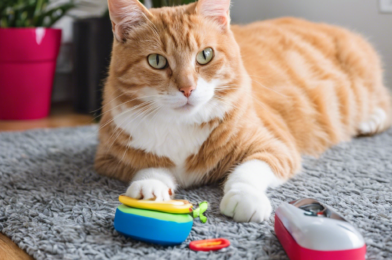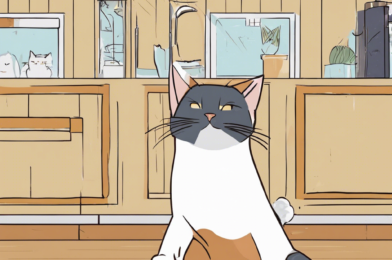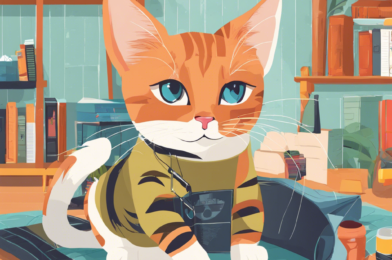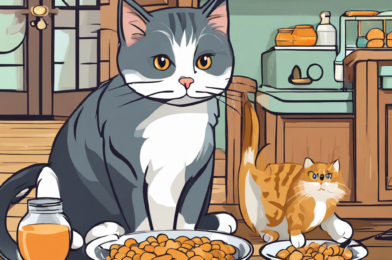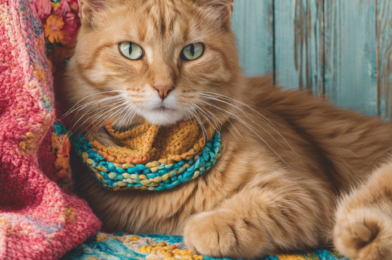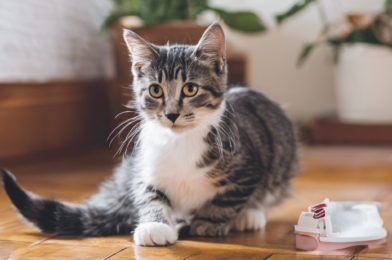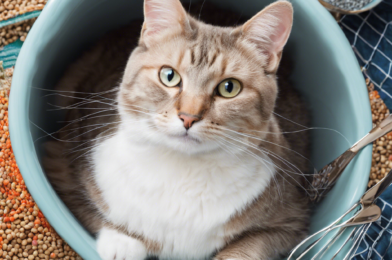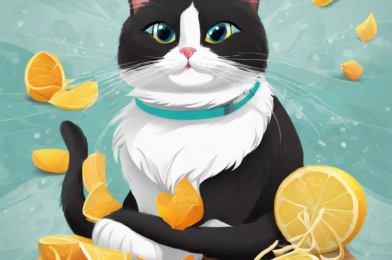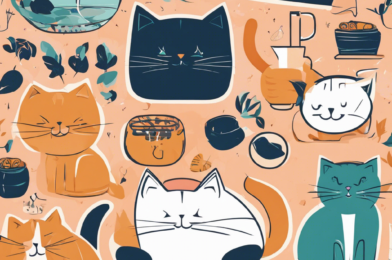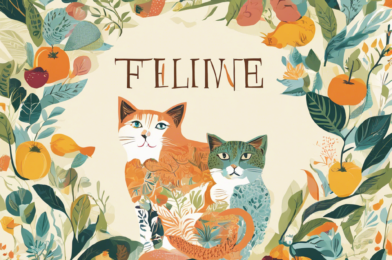Clicker training is a positive reinforcement technique commonly used in animal training, especially with dogs. It may seem unusual to think of training cats in the same way, but this method can be highly effective for our feline friends, too. So, how does clicker training work, and why might you consider trying it with your cat?
At its most basic level, clicker training involves using a small device that makes a distinct “click” sound to mark the precise moment when your cat performs a desired behavior. This is followed by giving them a treat as a reward. The idea is that by consistently pairing the click with a treat, your cat will begin to associate the sound of the clicker with something positive, and they will be more inclined to repeat the behavior that led to the reward.
You might be wondering, “Can’t I just use a verbal marker like ‘good boy’ instead of a clicker?” While you certainly could, the advantage of a clicker is that it produces a unique and consistent sound that your cat is unlikely to hear at any other time. This clarity helps your cat understand exactly what they did right and makes it easier for them to replicate the behavior.
One of the great things about clicker training is that it can be started at any age and with any breed of cat. It’s an excellent way to mentally stimulate your indoor cat and provide an outlet for their natural hunting instincts. Through clicker training, you can teach your cat a variety of tricks, from simple commands like “sit” and “come” to more complex behaviors like retrieving a toy or walking on a leash.
Not only is clicker training an effective way to teach your cat new behaviors, but it also strengthens the bond between you and your furry companion. The training process itself is a form of quality time spent together, and the sense of accomplishment you’ll feel when your cat masters a new trick is incredibly rewarding. Plus, clicker training provides mental stimulation and enrichment, which can help prevent boredom and related behavioral issues in cats.
To get started, all you need is a clicker and some treats that your cat particularly loves. The clicker itself is a small, handheld device that you can find at most pet stores or online. It’s important to choose treats that are small and soft enough for your cat to eat quickly, as you’ll be giving them a lot of treats during training sessions.
Before you begin training, it’s a good idea to get your cat accustomed to the sound of the clicker. To do this, simply click the device and immediately give your cat a treat. Repeat this process a few times until they start to associate the click with getting a treat. Once your cat has made this connection, you can start using the clicker to mark desired behaviors.
When you’re ready to begin training, keep in mind that cats, unlike dogs, tend to respond better to short and frequent training sessions. Aim for multiple brief sessions throughout the day, each lasting just a few minutes. This will help keep your cat engaged and motivated without losing interest or becoming overwhelmed.
During training, always click the moment your cat performs the desired behavior, and then reward them with a treat. Initially, your cat may not understand that they need to repeat the behavior to earn the treat, but with consistent practice, they will start to make the connection. Over time, you can start to introduce a verbal command for the behavior just before you expect them to perform it.
Remember, patience is key. Every cat learns at their own pace, so don’t be discouraged if your feline friend doesn’t pick up new tricks right away. Keep training sessions positive, fun, and rewarding, and you’ll be well on your way to having a well-behaved and clever companion!

